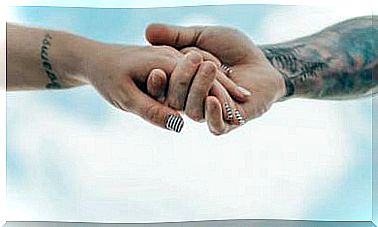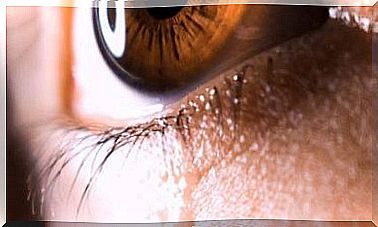Walk! You Can Come Up With The Best Ideas On Foot
Something as simple as walking close to home is an age-old means of promoting health, improving mood and staying connected.

The musician Mike Oldfield said that his best compositions had created walking around his cottage; It is not that he composed while he walked, but rather that he did it with his own walk, with the rhythm of his steps, of his breathing.
Walking is our ancestral means of displacement, but it is much more than that, it is a powerful communication tool with the environment and with our inner world as well as a meditation technique that enhances physical, mental and spiritual health.
The effects of walking are physical and mental
For starters, numerous studies – published, for example, in the American Journal of Clinical Nutrition or the American College of Sports Medicine – have shown the benefits that something as seemingly simple as walking 30 minutes a day can produce .
Among those many health benefits are stronger lungs, toning of leg muscles, prevention of cardiovascular disease and heart attacks, improved mood and postmenopausal bone health.
Also, walking daily improves digestion, reduces the risk of cataracts, keeps weight under control, increases flexibility and agility.
And eminent podiatrists like Dr. St. John believe that the benefits of walking on internal organs extend to the fetus in the case of pregnant women.
Walking even improves memory and fights insomnia.
An analysis of 42 studies from 14 countries published in the British Journal of Sports Medicine (January 2015) also shows thebenefits of walking in groups to improve mood and fight depression.
Be inspired by the rhythm of the steps
Walking alone or in company puts us in contact not only with the outside, with nature – it is advisable to do it barefoot to connect with the elements, stepping on grass, sand, stones or the water of the streams – but, and even more important if possible, with our interior.
For this reason the ancient traditions knew and consciously practiced pilgrimages to sacred places and hence the custom of many religious orders ofgo barefoot. Numerous rites related to nature have to do with a conception of life and health linked to primal postures and movements that are at the origin of humanity as a species.
Walking puts us in connection with earth and sky, telluric forces and cosmic influences. And even though our modern civilization has relegated walking, sensitive sages like the philosophers Nietzsche and Kierkegaard, the writer Thomas Mann or the statesman Thomas Jefferson declared that their best ideas originated by walking.
The American writer and mythical environmentalist Edward Abbey said: “Walking makes the world so much bigger.” I want to think that he was not referring only to the outside world.
Meditate walking
Zen is not just practiced sitting down. The Kin Hin technique – which can be translated as “just walking” – consists precisely of a walking meditation.
This technique starts from the knowledge of the anatomy of the foot and can be practiced anywhere. Simply focus on the precise and detailed movement of your feet while walking extremely slowly, at the rate of half a step for each abdominal breath.
Humanize urban space
Now modern cities have been built under the tyranny of the private car. We have a long way to go before we can reverse this situation and transform cities into truly livable, healthy and sustainable spaces where we can truly enjoy the pleasure of walking and take advantage of all its benefits.
According to a report by Ecologists in Action, only a quarter of public space in streets and squares is intended for pedestrians, and even that part suffers from noise, pollution and the dangers of various motorized means of transport.
The car is the means of transport that pollutes the most, produces more accidents, requires more energy and needs more public space; All of these disadvantages get worse the more people use it. How can we achieve sustainable mobility communities ? As in any ecological problem, we must apply a double approach: social and individual.
On the one hand, there is an institutional responsibility and political will to improve public transport, restrict the use of cars and promote non-motorized means that do not pollute, have a low cost and are healthy.
All this can be achieved through a series of measures or regulations that widen the sidewalks, establish speed limits of 30 km / hour, restrict parking in certain areas or establish dissuasive tolls. At the same time, the spaces for circulation and parking of bicycles, and especially the pedestrian areas, should be expanded .
But there is also an individual responsibility, the need to become aware and act in our daily lives, something that cannot be imposed by decree.









